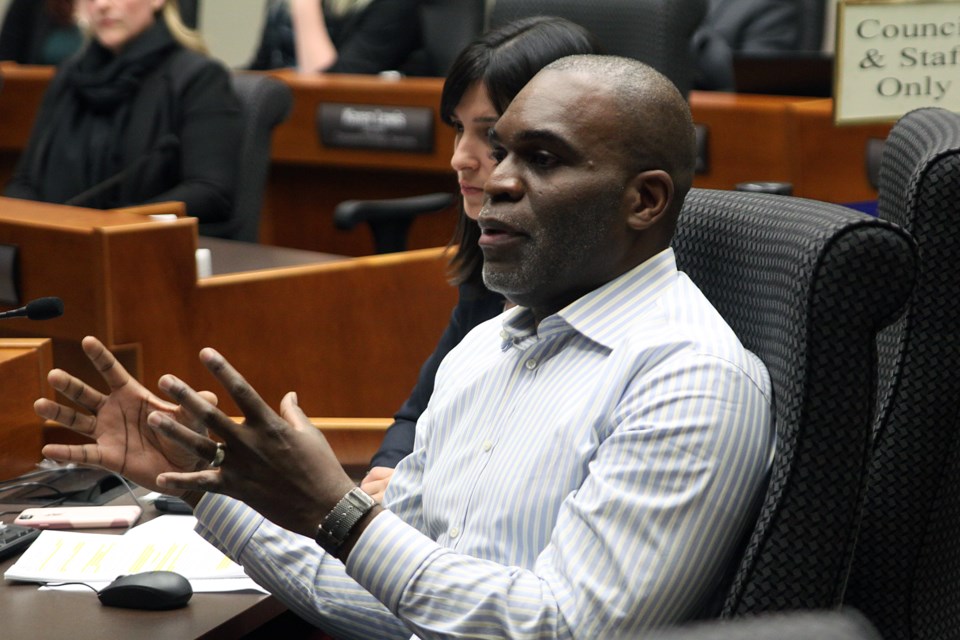THUNDER BAY – Efforts to remediate nearly 400,000 cubic metres of mercury contaminated sediment in Lake Superior from a former mill continue to progress, though it will likely take a number of years before any work takes place.
Representatives from the Thunder Bay north harbour working group appeared before city council on Monday night, providing a historic overview and an update of the project.
The contaminated sediment, which is enough to fill 150 Olympic-sized swimming pools, is located offshore several hundred metres from the mouth of the Current River.
“We can’t commit to an actual date. What we can commit to is to work through the process to pick a preferred option,” said Roger Santiago, the head of Environment and Climate Change Canada’s sediment remediation unit.
“I think once that’s done, the next step is to come up with a funding envelope on how that gets implemented. Engineering design work takes about two years. Once you pick an option, you can assume engineering design work taking two years and two years after that work can physically start.”
For the majority of its history, the mill was operated by Abitibi. It was also operated by Cascades for nearly a decade.
The mill was permanently closed in 2007.
“Primarily at these sites we’ll implement the polluter pay principle,” Santiago said.
“A site like we have here, the primary polluter Abitibi is in bankruptcy and you don’t have that entity there. In those types of situations, it’s more of a stakeholder type of approach where the federal government, the province of Ontario and the local stakeholders will work together to put together a funding structure.”
Santiago added that Cascades has offered to pay 10 per cent of a reasonable cost to implement a preferred option, reflecting its time operating the mill.
The representatives, which also included officials from Transport Canada, outlined three potential options. Those include dredging the sediment from the north harbour and dumping it at the Mission Bay confined disposal facility, dredging the material and disposing of it on-site using one of three options, or building a berm as an in-place barrier around the sediment and filling it with clean material.
Coun. Andrew Foulds, who represents the Current River ward where the site is located, questioned the timelines.
“This has been on our radar for a long time,” Foulds said, adding he had heard the cost could range between $30 million to $80 million depending on which option is selected. “There have been community groups – particularly the remedial action plan – involved for a long time. I think it’s fair to say the community wants action.”
A major limiting factor that Santiago said has slowed progress is ownership and the responsibility to monitor and maintain containment infrastructure if the sediment is disposed of on site.
A number of councillors asked about the potential for the contamination to spread.
Santiago said testing outside of the contaminated areas indicates the material is being contained.
“With the current structures we have in place – with the break wall there and with the current and water levels as of now – everything is remaining within that dotted line,” Santiago said, referring to a map showing the area of contamination. “We’re going to work with that and the faster we get that plan implemented, the better we can guarantee that we won’t have movement.”
A public meeting will be held Tuesday evening beginning at 7 p.m. at the faculty lounge on Lakehead University campus.
